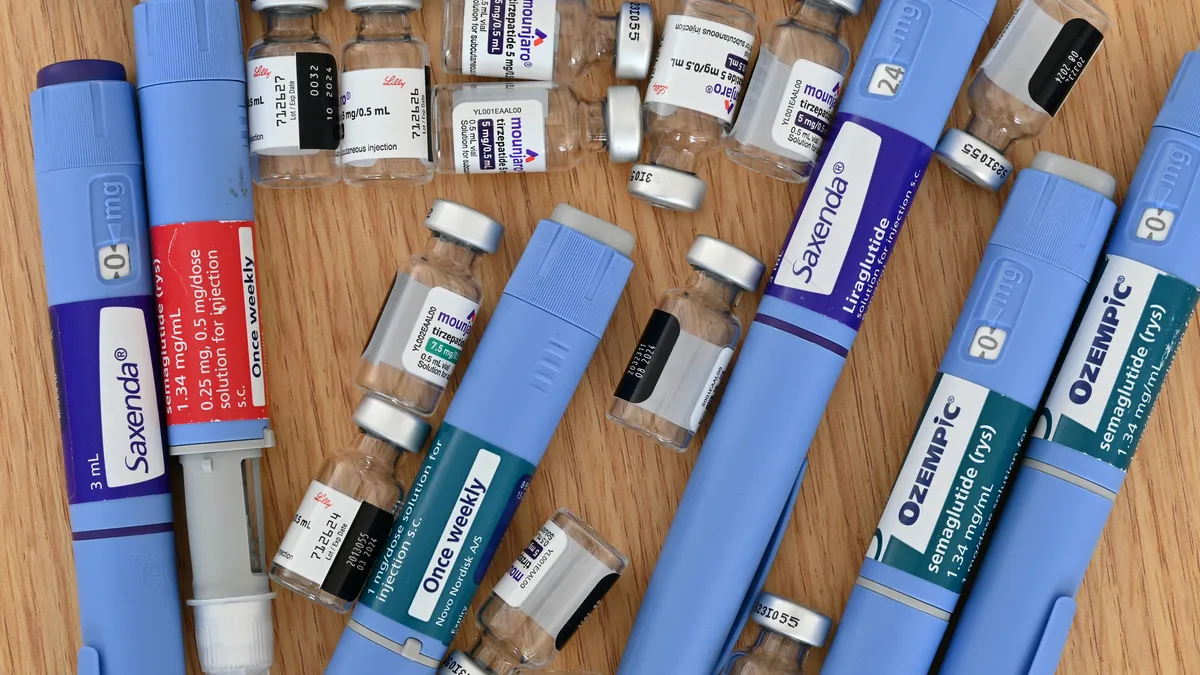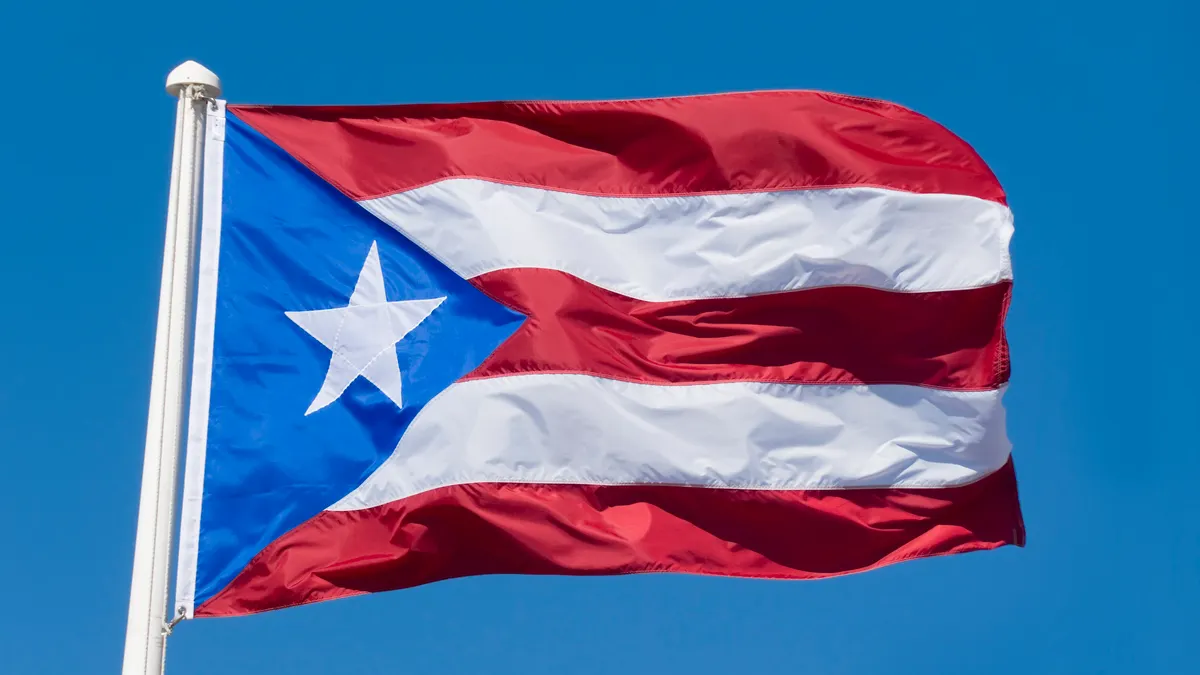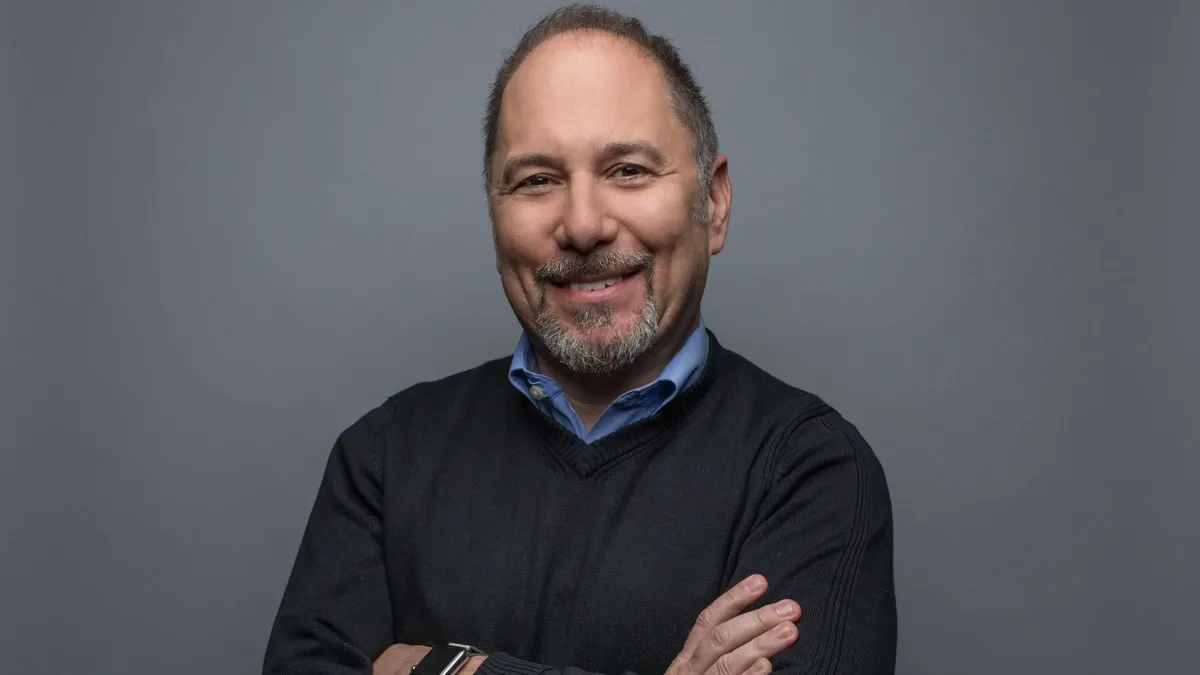Compounding pharmacies can continue cashing in on the GLP-1 gold rush — for now. But the FDA could once again pull their products from the market. It all comes down to whether or not the agency keeps brand-name GLP-1s on the shortage list.
At the moment, the regulatory agency is reviewing a decision it rendered earlier this month to remove Eli Lilly’s diabetes blockbuster Mounjaro and its popular obesity medication Zepbound — both GLP-1 medications — from the national shortage list. The initial decision meant compounding pharmacies were no longer allowed to make their versions of Lilly’s drugs, which use the same active ingredient called tirzepatide and have become extremely popular in their own right due to lower prices and accessibility.
But now, after the Outsourcing Facilities Association sued the FDA, the agency has said these pharmacies can continue making the compounded versions while it weighs its next steps.
The back-and-forth marks an unusual situation for compounding pharmacies, according to David Rosen, partner and public policy lawyer at Foley & Lardner and a former FDA regulatory counsel. In particular, it’s not common to see legal challenges brought up against the FDA for its process around evaluating the drug shortage list, which is what OFA did through its lawsuit.
“I would call it unprecedented, in terms of looking at the challenge to the policies and procedures for removing a drug from the shortage list,” Rosen said.
The rise of the compounds
Compound GLP-1s played a starring role in the market scrum amid the shortage of brand-name medications, which include Novo Nordisk’s semaglutide meds Ozempic and Wegovy. An estimated two million Americans are taking compounded versions of either semaglutide or tirzepatide, according to KFF Health.
These versions are significantly cheaper, often running about $200 per month — compared to the list price of around $1,000 per month for brand-name versions — through online providers like Hims and Hers. And their popularity gained the attention of Lilly and Novo, which have both launched legal attacks in an attempt to slow down the flood of copycats. In addition, both companies have spent billions to boost their manufacturing prowess, including Novo’s $16.5 billion plan to acquire contract manufacturer Catalent. However, that deal has recently come under fire by the Federal Trade Commission, making Novo’s manufacturing build-up less clear.
Still, the compound market has grown persistently to new heights, with adjacent companies targeting the broader weight loss space in healthcare, as patient demand for GLP-1 medications continues to rise.
When the FDA announced on Oct. 2 the tirzepatide shortage was over, the decision put compounders on their heels.
The FDA stated its concerns over patients using compounded GLP-1s for weight loss earlier this year. Compounded drugs are not FDA approved, and the agency warned consumers about adverse events related to use of compounded GLP-1s, telling users to speak with their healthcare professionals and avoid the salt versions as well as counterfeit Ozempic.
“That sort of sent a shockwave through the compounding pharmacy space,” said Bradley Wasser, special counsel with Duane Morris, a law firm that works with compounding pharmacies on regulations and compliance.
The surprise was partially due to the lack of a warning from the agency, Wasser said. And according to the OFA’s suit, the FDA’s sudden actions were unlawful.
“The FDA’s removal of tirzepatide from the shortage list without the due process of proper federal notice, at a time when they acknowledge that shortages still exist, is the definition of arbitrary and capricious,” Lee Rosebush, chairman of OFA, said in a statement Oct. 8.
FDA uncertainty
The OFA’s move prompted the FDA to agreed to let compounders continue making tirzepatide while it re-evaluates the shortage. Now, compounding pharmacies will wait until Nov. 21 for a status report from the agency.
The association said it plans to fight if the FDA decides to keep tirzepatide off the shortage list next month.
“Should the FDA repeat its removal decision when a shortage still genuinely exists, we will return to court,” Rosebush said in a statement Oct. 11.
Another unknown at play in the legal back-and-forth is how The Supreme Court’s overturning of Chevron deference — which previously gave government agencies the power to independently interpret ambiguous language in laws — could impact the FDA’s ability to evaluate shortages and enforce decisions regarding compounded drugs.
“Now FDA doesn't have the deference under Chevron,” Rosen said. “It'll be interesting to see what a court finds whether or not there was enough process protections in there.”
For the time being, Wasser is advising compound pharmacies to continue their operations until they can no longer do so.
“From a business standpoint these pharmacies and facilities need to recognize that it's possible that they're no longer going to be able to utilize those as a continued source of revenue as they have been in the past [two years] that they've been allowed to do that,” Wasser said. “[They need] to be prepared for the fact that they may not be in a position to any longer compound those medications, and potentially need to look at offsetting other opportunities for potential revenue loss.”

















